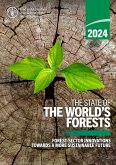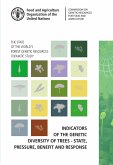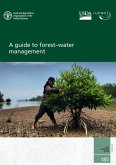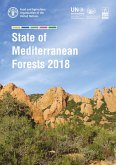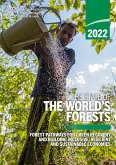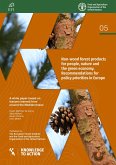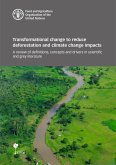This FAO technical paper unpacks the concept of forest-based adaptation and describes policy spheres that could bolster the role of forests and trees in providing adaptation and resilience benefits. It introduces a set of ten principles for using forests and trees to promote transformational adaptation, which were developed with leading experts from the Center for International Forestry Research and World Agroforestry (CIFOR-ICRAF) and other partners. It describes the policy implications of each principle and draws on examples from diverse forest ecosystems and management practices to illustrate their application in practice.
Dieser Download kann aus rechtlichen Gründen nur mit Rechnungsadresse in A, B, CY, CZ, D, DK, EW, E, FIN, F, GR, H, IRL, I, LT, L, LR, M, NL, PL, P, R, S, SLO, SK ausgeliefert werden.



